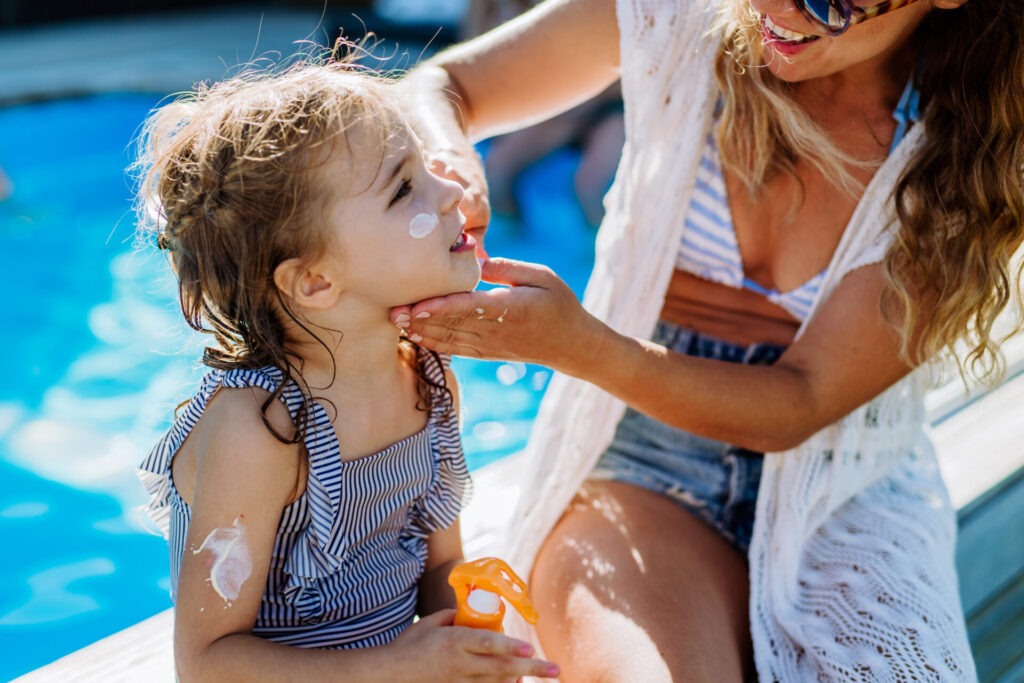 Whether you’re trying to reduce your child’s screen time or kick-start a fitness routine the whole family can enjoy, the solution might be as simple as hitting the ground running.
Whether you’re trying to reduce your child’s screen time or kick-start a fitness routine the whole family can enjoy, the solution might be as simple as hitting the ground running.
A 10-K jaunt might not be your first choice for getting active, but in an effort to build our children’s capacity for physical activity, school-based running clubs are becoming a popular choice across the country. While school sports programs traditionally focus on the seemingly natural-born athletes, these running clubs offer a non-competitive environment geared at engaging children at all physical activity levels.
Count the benefits
When Ajax, Ont., mother of three Lisa Kerr heard about the Girls On the Run program offered at her daughters’ elementary school, getting her nine and 11-year-old daughters involved was a must. “It’s more than a running program,” says Lisa. “I’m seeing the social aspect and so much more being built upon.” Along with the physical fitness aspect of running, Lisa believes the program has given her daughters an opportunity to discover their strengths on a mental and social level. “It’s very empowering for them,” says Lisa.
“Along with exercise, which makes all human beings feel better on a good day, the program gives them a voice and self-confidence that they didn’t realize they had.”
According to Kerry Copeland, a health promotion advisor and coordinator of Kids’ Run Club, a free Nova Scotia-wide school-based program developed by Doctors’ Nova Scotia, getting your children active at an early age creates a healthy lifestyle easier to maintain, even as they get older. Give any child a chance to spend more time with their friends and you’ll
find they’re engaged in the activity.
Social development
“The social component is definitely important for kids of all ages,” says Kerry. “Many of our participants join Kids’ Run Club at their schools, not just to be active but to be with peers.” Even when children aren’t involved with a running club, Kerry says that they’ll also likely enjoy running with their parents simply because of the social element.
Not a runner? Kerry suggests heading to a local high school track or park where your child can run and you can walk in a safe environment as a great way to model healthy behaviour.
Beyond the fun factor, the social aspect of running clubs creates a supportive environment that’s essential for children who aren’t necessarily sports inclined.
As Rina DeDonato, CEO and Executive Director of Girls On the Run Ontario says, running is actually a tool that’s used to engage the girls and creates the opportunity to address the
physical, social and mental well-being of each child. “We’ve got girls who join everything at school,” says Rina, “but we also have the children who are at the back of gym class begging, ‘Please don’t pick me!’”
Individual achievement
According to Rina, the non-competitive nature of the program creates an environment that allows girls to grow, support and encourage one another to achieve their collective goal of completing a five-kilometre race. Similarly, the Kids’ Run Club is based on creating a participatory environment. Kerry says that it’s the individual nature of running, allowing
every child to define their personal success, that is perhaps one of the keys to the success of the running programs.
“There are kids that can run five kilometres and then there are kids who struggle,” she says, adding that some children may not continue running. They will have developed the confidence they need to try other sports or physical activities. Although Kerry agrees that running clubs aren’t the solution to the bigger issue of inactivity among children, it is the hope of organizers, coaches and parents that these programs will give children the tools and strategies that are required to maintain healthy and active lives.
Active participation
Kerry Copeland, Health Promotion Advisor and Coordinator of Doctors’ Nova Scotia Kids’ Run Club, offers these tips for parents to encourage and support an active lifestyle for their families.
- Focus on age-appropriate activities. Children under the age of eight should try running games such as tag or obstacle courses. Older children can try varying different paces of running by alternating between jogging, sprinting and even
walking. - Aim to run two or three times a week but increase distances slowly and steadily, (about half a kilometre per week).
- Explore new running destinations such as parks, trails, boardwalks or new streets in your neighbourhood to keep running fresh and interesting for children of all ages.
- Motivate runners of all ages by loading iPods with their favourite tunes, but ensure
it doesn’t interfere with their ability to be aware of their surroundings. - Create a running log book that your child can decorate and use to keep track of his or her progress.
Originally published in ParentsCanada magazine, October 2013.


















